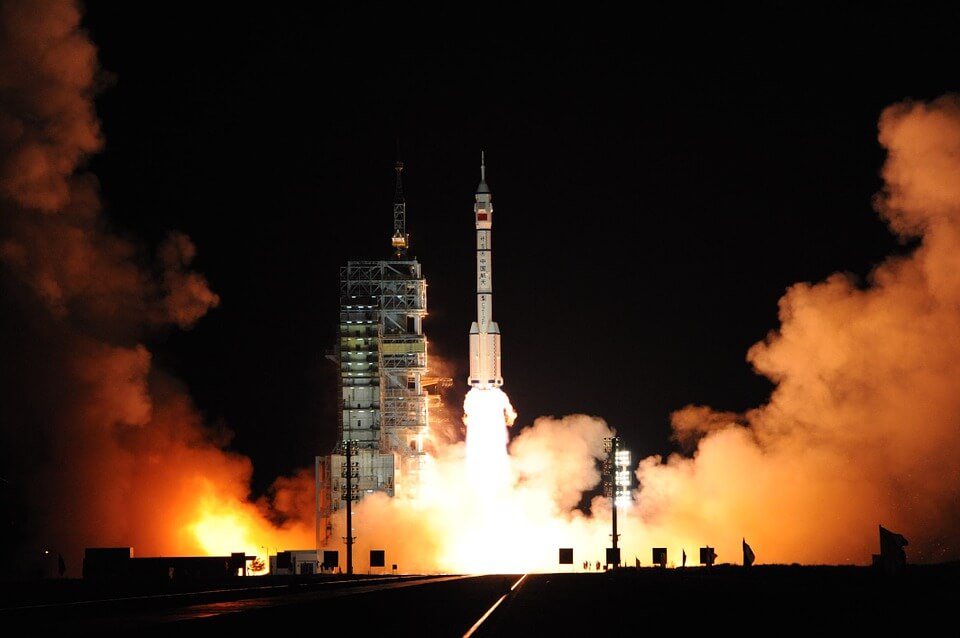On October 16, 2021, three astronauts took off for a six-month mission to continue constructing the Chinese Space Station.
It is a record duration for a Chinese manned space mission. The last record was established in September 2021, when Shenzhou-12 returned after three months in space.
The crew, which included two men and one woman, took their place on board the Shenzhou 13 vehicle and were launched into orbit by the Long March-2F rocket.
Watch: #China launches its longest-ever crewed mission for space station construction. #SpaceChina pic.twitter.com/FfU0PerTRo
— CGTN (@CGTNOfficial) October 16, 2021
Along with construction and testing of the infrastructure, the astronauts will also carry out several experiments.
The three astronauts will stay in the Tianhe module, which was launched on April 29, 2021. It is the first of three parts that will make up the Chinese Space Station (CSS) and will serve as the habitable space of the taikonauts and the station’s control center.
Named Tiangong (‘Heavenly Palace’), the CSS will be a third of the size of the International Space Station (ISS), closer in dimension to Mir, the late Soviet space station that orbited the Earth between 1986 and 2001.
The CSS is planned to be fully operational by 2022. By then, four crewed and seven uncrewed missions will have taken place. The Chinese station should stay in orbit for at least a decade.

